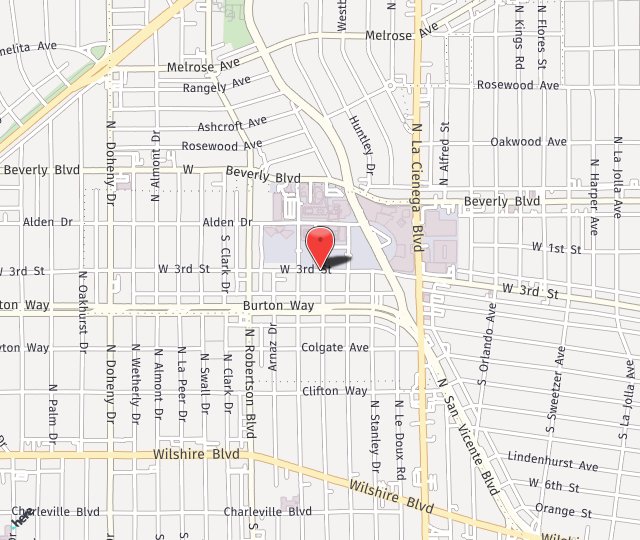When Your Diabetes Injures Your Nerves
- Posted on: Dec 15 2018

Diabetes can affect your body in a variety of ways, everything from chronic fatigue to slow healing of sores and cuts, from intense hunger to frequent urination, from eye damage to gum disease.
People don’t often associate the blood sugar disorder with nerve damage. But diabetic neuropathy is a type of nerve damage that can occur for people with diabetes.
Dr. Seruya treats patients with diabetic neuropathy, helping them manage their nerve pain. In this month’s blog, we’ll discuss the types of diabetic neuropathy. Next month, we’ll discuss the various methods Dr. Seruya uses to treat patient nerve pain.
Four types of diabetic neuropathy
There are four types of diabetic neuropathy, and people can have more than type:
- Peripheral neuropathy — The most common type, this first affects the legs and feet, and then the hands and arms. Symptoms are tingling or burning, sharp pains or cramps, sensitivity to touch, muscle weakness, loss of reflexes, loss of balance, and serious foot problems (ulcers, infection, bone and joint pain).
- Autonomic neuropathy — This affects the nerves that control the heart, bladder, stomach, intestines, sex organs, and the eyes. Symptoms include bladders problems (incontinence/retention, urinary tract infections), constipation or uncontrolled diarrhea, slow stomach emptying, difficulty swallowing, changes in the eyes, increased heart rate at rest, sexual dysfunction, and difficulty controlling body temperature.
- Radiculoplexus neuropathy — This affects the nerves in the thighs, hips, buttocks, and legs. Symptoms usually occur on one side of the body and may include severe pain in a hip, a thigh, or the buttocks; eventual weak and shrinking thigh muscles; difficulty rising from a sitting position; abdominal swelling; and weight loss.
- Mononeuropathy — This is nerve damage to a specific nerve in the face, the torso, or the leg. This form of neuropathy strikes suddenly and can cause severe pain in the shin or foot, the lower back or pelvis, the front of the thigh, the chest or abdomen. On the face it leads to difficulty focusing, double vision, aching behind one eye, or paralysis on one side of the face (Bell’s palsy — see our October blog). Mononeuropathy can sometimes occur due to nerve compression in people with diabetes. Carpal tunnel syndrome is common.
Next month we’ll go into how Dr. Seruya treats the nerve pain that is common to diabetic neuropathy.
In the meantime, if you have any of the symptoms described above, please call Dr. Seruya at (310) 423-2129.
Posted in: Diabetic Neuropathy

